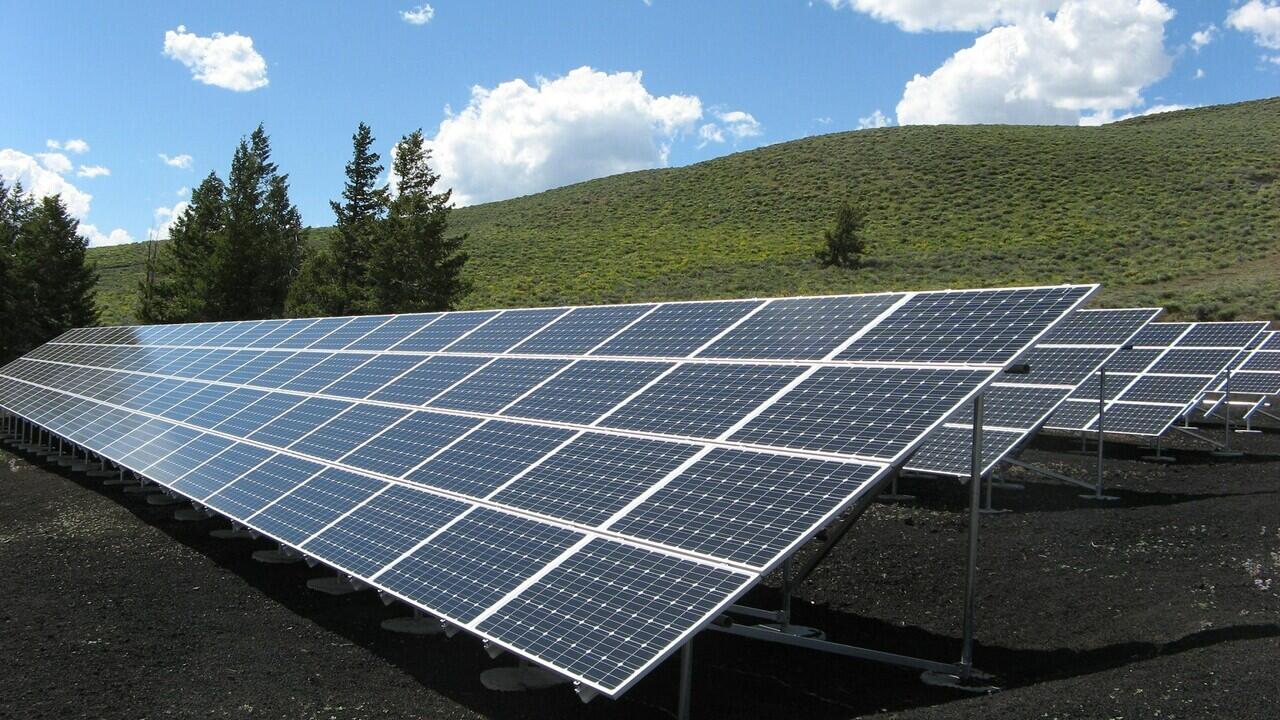- Beranda
- Komunitas
- News
- Sains & Teknologi
Solar Heater What is it, how does it work and why should you invest?
TS
solaresol
Solar Heater What is it, how does it work and why should you invest?

If you are looking for ways to save in the long term and partner with the environment, one option is to invest in a solar heating system to use the sun's energy to heat the water in the shower, bathroom and kitchen sink, bathtub and even even a pool, if you have one.
To eliminate your doubts on this topic, we have gathered information about the type of system, its advantages and disadvantages, as well as the operation of each type of solar heater.
But After All What is a Solar Heating System?
A solar heating system is a technology that converts solar energy into thermal energy to heat water systems inside homes, industrial plants and even companies, such as swimming pool water, showers, bathroom sinks and water. kitchen.
Unlike solar photovoltaic energy, solar thermal energy does not serve, for example, to transmit electricity to lamps and appliances.
What are the Advantages of a Solar Heater?
• The thermal energy of the sun is clean (non-polluting), therefore, it is friendly to the environment;
• Using solar energy as a heat source reduces the need for other energy matrices. Thus, if industry, factories, rural institutions, hotels and the population in general invested more in this type of energy, the need to build hydroelectric plants (for example, highly polluting) would be less;
• The use of solar energy provides significant savings on energy bills, since, for example, you will not spend money on the consumption of an electric shower;
• The solar heating system is extremely durable (the useful life of a set of equipment varies from 20 to 25 years) and does not require special maintenance, requiring only periodic cleaning of the solar panels;
• The solar heating system values the property when it needs to be sold.
Disadvantages of the Solar Heater
• In very cold regions with little sun or on rainy days, the heater may not receive enough energy to heat the water and it will be necessary to use an electric shower;
• Installing and preparing a house for a solar heating system is very expensive when you consider that it is necessary to prepare the plumbing and records of the house to obtain them, in addition to, of course, the purchase of the hardware itself (which are basically the plates solar collectors). and a heat reservoir, also called a boiler).
How the Solar Heater Works, See Below Its Features
As we said in the previous section, solar heating will mainly depend on two devices: solar collector plates and a heat tank, also called a boiler, which ensures that the water is heated for your shower, sink or anywhere else.
As placas coletoras estão localizadas bem acima do telhado em uma área com a maior incidência solar possível. Eles são muito escuros e são responsáveis por captar e absorver a luz solar emitida ao longo do dia, não importa quão pouco ou quente.
The collecting plates are located high above the roof in an area with the highest possible solar incidence. They are very dark and are responsible for capturing and absorbing the sunlight emitted throughout the day, no matter how little or how hot. The boiler has the function of storing and maintaining a high water temperature so that you can swim smoothly, for example, at night (when there is no sun). Thinking step by step, the system works like this:
1. The water comes from the main tank, which is constantly supplied with cold water;
2. Then, it passes the cold through a heat reservoir (also called a boiler);
3. When leaving the heat reservoir (boiler), the water is conducted through pipes to the solar collector plates, which, capturing solar energy, heat the cold water that passes through them through a copper pipe;
4. The hot water is returned to the thermal tank (boiler), which keeps it warm for a long time. This is due to the coating of copper or stainless steel equipment; it also has a CFC-free polyurethane coating to ensure maximum thermal insulation.
5. The heated water leaves the boiler and enters the live piping, which must also be copper to transport that water.
After that, you may be wondering how cold and hot water can be present in the boiler without the influence of cold water on the temperature of the already hot water flowing through the house.
This is due to a process called thermosiphon, because the density of cold and hot water is different: inside the boiler, the hot water is less dense and rises naturally; at the bottom there is cold water (more dense), which facilitates entry into solar collectors.
Thus, we can say that the contact between cold and hot water is very small and hardly changes the final temperature.
Contribuition: aquecedor solar
0
2.7K
2
Komentar yang asik ya
Urutan
Terbaru
Terlama
Komentar yang asik ya
Komunitas Pilihan